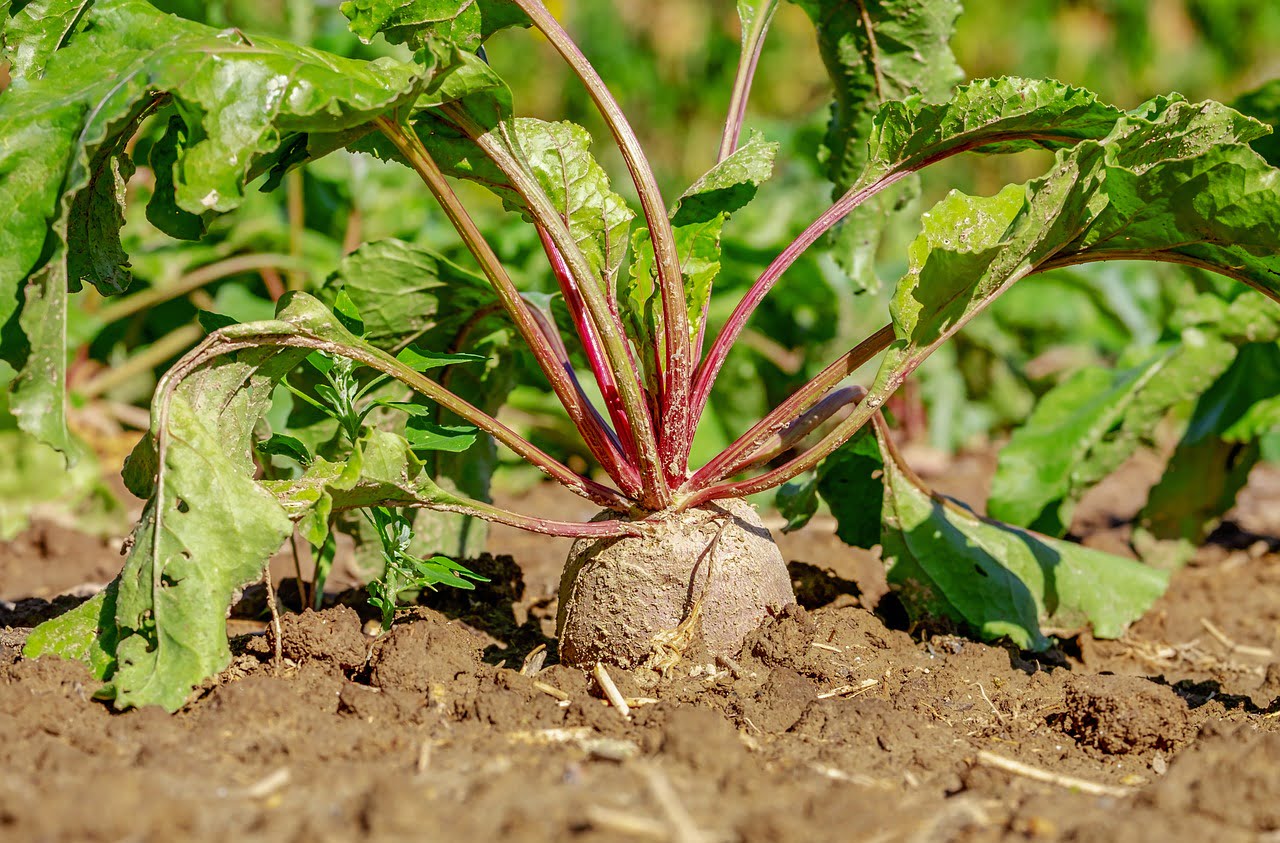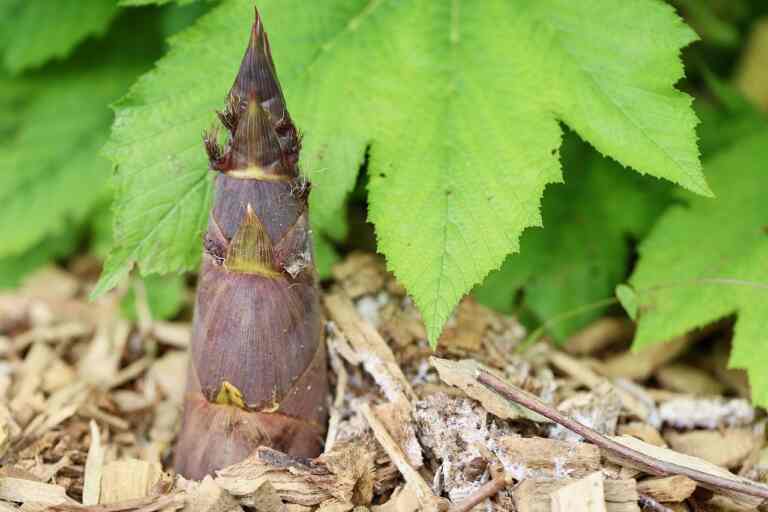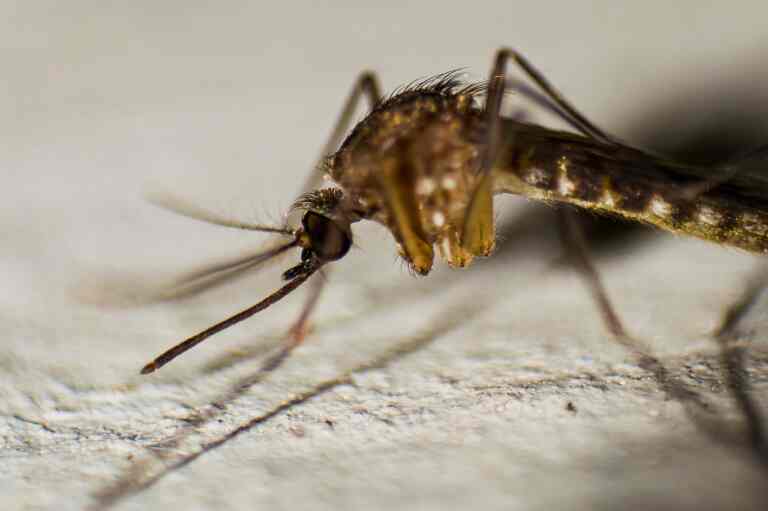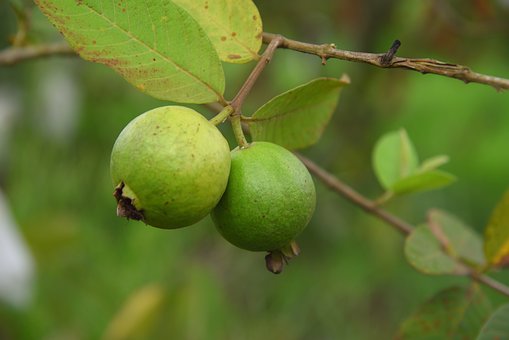Can we eat beetroot leaves?
Can we eat beetroot leaves? Beetroot, with its vibrant hue and earthy taste, is a staple in many kitchens worldwide. But what about the leafy greens attached to this nutritious root? Often overlooked, beetroot leaves, also known as beet greens, are a powerhouse of nutrients waiting to be explored. In this blog post, we’ll dive into the wonders of beetroot leaves, exploring their nutritional benefits, culinary uses, and how they can be a valuable addition to your diet.
Nutritional Riches: Unveiling the Benefits of Beetroot Leaves
Beetroot leaves are packed with essential nutrients. They are an excellent source of vitamins A and K, vital for vision, bone health, and blood clotting. Additionally, they contain significant amounts of iron, calcium, and antioxidants, making them a valuable component of a balanced diet. Including beetroot leaves in your meals can contribute to your overall well-being.
Are Beetroot Leaves Safe to Eat?
Absolutely, beetroot leaves are safe to eat. In fact, they are entirely edible and can be prepared in various ways. When selecting beetroot leaves, look for fresh, vibrant greens without signs of wilting or yellowing. To prepare them, start by washing the leaves thoroughly under running water to remove any dirt or residues. Trim off the tough stems, and the leaves are ready for cooking.
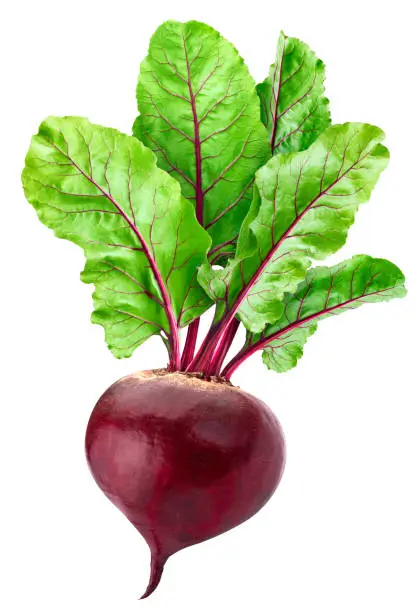
Creative Culinary Uses: How to Incorporate Beetroot Leaves into Your Diet
- Salads: Add beetroot leaves to your salads for a peppery, slightly bitter flavor. They pair wonderfully with sweet or tangy dressings and can be a refreshing addition to your salad repertoire.
- Sautéed or Stir-Fried: Sauté beetroot leaves with garlic and olive oil for a quick and nutritious side dish. Their tender texture and rich taste make them a great complement to various dishes.
- Smoothies: Blend fresh beetroot leaves into your smoothies. Combined with fruits and other greens, they can enhance the nutritional value of your drink, providing a unique flavor twist.
- Soups and Stews: Chop beetroot leaves and add them to soups and stews during the last few minutes of cooking. Their vibrant color and earthy taste can elevate the overall flavor profile of your dish.
Growing Your Own Beetroot Leaves
If you have a green thumb, consider growing your own beets at home. Beetroot leaves are relatively easy to cultivate, making them a fantastic addition to your home garden. With proper care and attention to sunlight, water, and soil quality, you can harvest fresh, organic beetroot leaves right from your backyard.
In Conclusion
Beetroot leaves are not just an overlooked part of the vegetable; they are a nutritional treasure waiting to be explored. By understanding their benefits, ensuring proper preparation, and experimenting with creative recipes, you can easily incorporate beetroot leaves into your meals. So, the next time you buy beets, remember to cherish not only the vibrant roots but also the nutrient-packed leaves, adding both flavor and nutrition to your culinary adventures.
This article is reviewed by Russel, before publishing. If you have any doubt, you can contact us or consult with your nearby doctor. Remember, in medical matters, there is no same advice, cure, and medicine for all.

